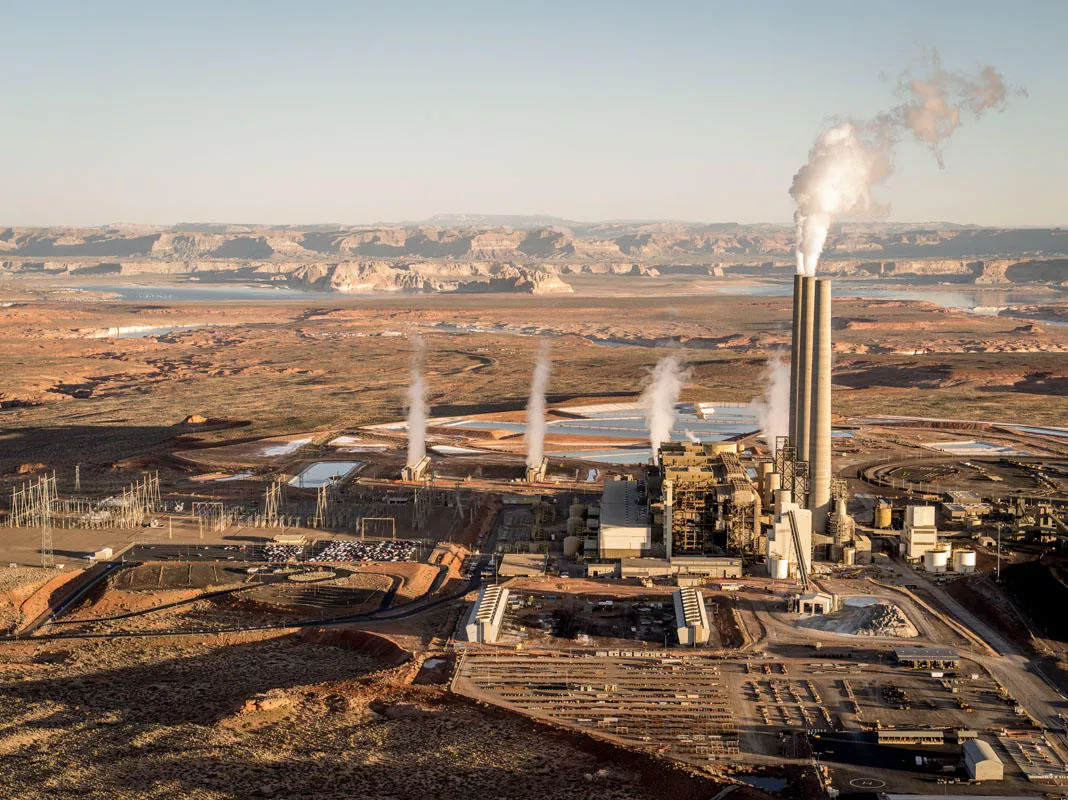December 2, 2020
Kilynn Johnson got very sick one night and was rushed to hospital almost five years ago. Surgery to remove a tumor from her gallbladder revealed cancer that had spread from her gallbladder to some lymph nodes and to her liver. She needed six weeks of both radiation and chemotherapy. Gallbladder cancer is diagnosed in only about 3,700 Americans every year, and it mostly strikes people in their '70s and older. Johnson was only 46.
Because this cancer is so uncommon, doctors at University Hospital in West Philadelphia had had to put together a special treatment plan for Kilynn Johnson. Wondering why she'd gotten this unusual form of cancer, she asked her neighbor, Sylvia Bennett. Both women were residents of Grays Ferry, a close-knit, mostly African American community in South Philadelphia.
Bennett was ready with an answer: "Look across the highway," she said. Bennett pointed to the massive 159-year-old refinery, owned by Philadelphia Energy Solutions (P.E.S.) since 2012.
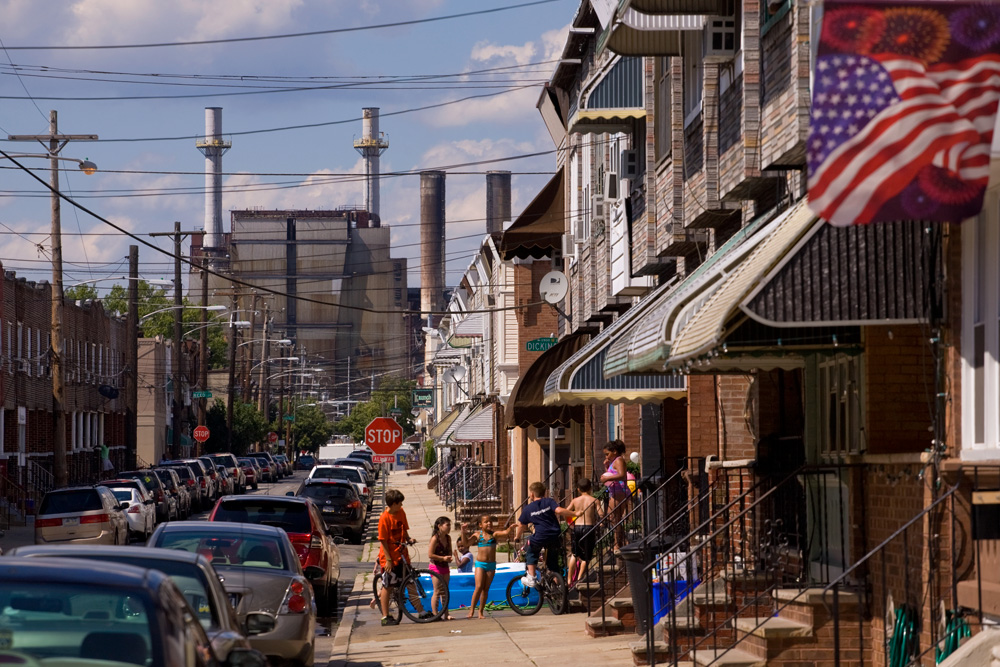
Grays Ferry, PA - The Philidelphia Citizen
The teller of this true story, Linda Villarosa, ("Pollution is Killing Black Americans. This Community Fought Back," The New York Times Magazine, July 28, 2020) writes that the old refinery "was so familiar to Grays Ferry residents that it seemed like part of the landscape."
Johnson and Bennett began to keep a record of the diseases all around them. Different forms of cancer and, of course, asthma. Johnson had been diagnosed with asthma at age eight, she would sit and watch while other children ran and played.
A 2017 report from the NAACP and the Clean Air Task Force showed that African-Americans are 75 percent more likely than others to live in areas situated near facilities that produce hazardous waste. The Environmental Protection Agency's National Center for Environmental Assessment found that Black Americans are exposed to 1.5 times as much of the sooty pollution that comes from burning fossil fuels as the population at large. This dirty air is connected to lung disease, premature death, and, now, COVID-19. Researchers from Harvard T.H. Chan School of Public Health noted that even a small increase in particulate matter from power plants, industrial facilities, and vehicles corresponds to a significant increase in COVID-19 mortality.
Sharrelle Barber -- an assistant research professor of epidemiology and biostatistics at Drexel University's Dornsife School of Public Health in Philadelphia, and daughter of the Rev. Dr. William Barber -- insists that "You can't understand environmental racism without understanding the legacy and the history of residential segregation, which created the disinvestment that has happened in communities . . . like Grays Ferry for decades."
In 2019, after Kilynn Johnson had overcome her cancer and was in remission, Sylvia Bennett persuaded her to attend a meeting of Philly Thrive, a local environmental justice group that was "determined to rally residents and make a more explicit connection between P.E.S. and the negative health impacts in the surrounding community." Philly Thrive had decided to block construction of a new $60 million plant meant to produce 120,000 gallons of liquefied natural gas a day on city-owned land close to P.E.S. Members had attended meetings, spoken at City Hall, and circulated petitions opposing the proposed gas plant. For the first time, Johnson spoke in public--to a crowd of protesters gathered in front of Philadelphia Energy Solutions.
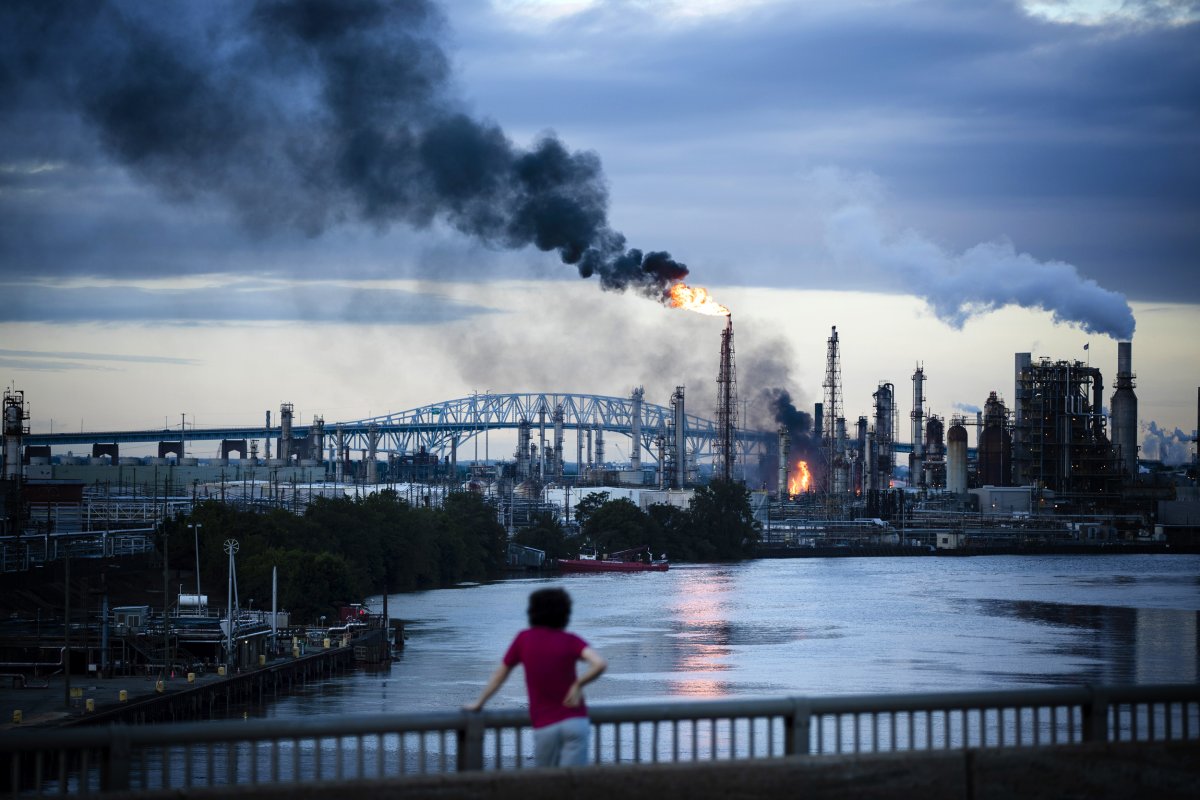
Flames and smoke rise after a series of explosions at the Philadelphia Energy Solutions Refining Complex on June 21, 2019. Matt Rourke / AP file
One week later, there was a series of explosions at the refinery, setting off a three-alarm fire that engulfed it in flames, belched thick black smoke into the air, and sent Johnson to the hospital. She was tired of hearing officials say the refinery was doing no harm. About 100 members of Philly Thrive gathered at a playground near P.E.S. Local media swarmed. Johnson told a reporter: "It's killing us slowly."
Philadelphia Energy Solutions had run out of Solutions, save for declaring bankruptcy and closing. Villarosa writes that "Some 1,000 employees were dismissed without severance pay or extended health benefits, while P.E.S. executives received $4.5 million in retention bonuses." The Trump administration lobbied to restart P.E.S.'s oil refining business ("national security"). The explosions had released more than 5,000 pounds of hydrofluoric acid. In gas form, low levels of the chemical can irritate eyes, nose, and respiratory tract; high levels can cause irregular heartbeat and lung complications. But a kind of justice had occurred. The refinery that had caused so many deaths of people in Grays Ferry finally met its own end.
Multiple choice question: If you are an ambitious Capitalist and you want to build a natural gas or coal-fired power plant, where will you build it? You may choose more than one answer: 1.) Beverly Hills, 2.) behind Mar-a-Lago, 3.) Native American land, 4.) across the street from Trump Tower, 5.) South Los Angeles, 6.) next to a public housing project, 7.) Malibu, 8.) East Los Angeles, 9.) Griffith Park, 10.) nowhere on this planet.
(In fact, Griffith Park, while not the site of a natural gas or coal-fired power plant, did have two freeways and a municipal trash dump inflicted upon it after WWII)
What about Native American land? Until recently, Los Angeles got more than 40 percent of its electrical power from coal-burning plants in the Four Corners area of the American Southwest, on lands where Navajo and Hopi have lived for hundreds of years. The smoke spewed by the huge Navajo Generating Station contained mercury, sulfur dioxide, nitrous oxide, and other substances which poison water, crops, and animals, including humans. Along with jobs and royalties (the bait) to the Navajo and Hopi, came cancer, pollution, and the decimation of life-giving water. While L.A. enjoyed low-cost electricity, 18,000 homes on the Navajo and Hopi lands did not have electricity. After Peabody Coal Company--with the assistance of a double-dealing attorney who was paid by Peabody even as he "represented" the tribe--negotiated a lease for the rights to coal on Hopi land, Peabody took millions of gallons of pristine water from underground aquifers and springs to wash the coal. Natural resources, as well as religious and archeological sites, were destroyed.
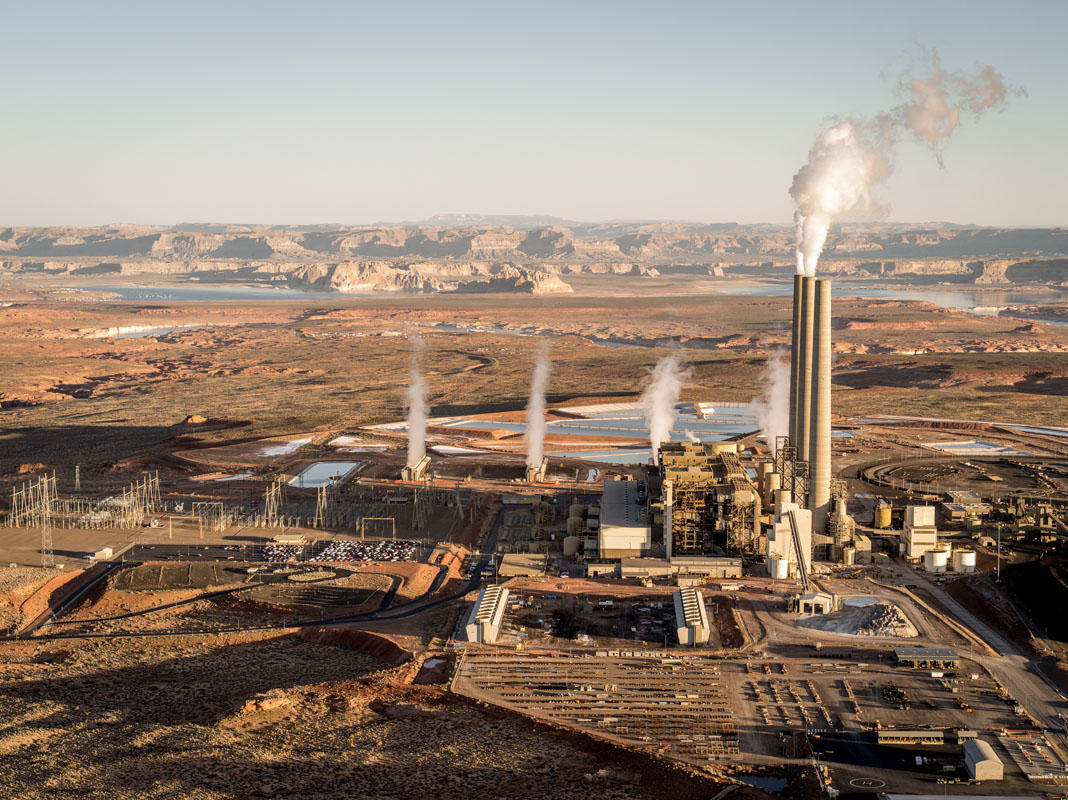
The Navajo Generating Station in Page, Arizona CREDIT MICHAEL FRIBERG, SPECIAL TO PROPUBLICA
Long ago, Hopi ancestors met Massau, the Guardian of Mother Earth, at the tip of Black Mesa. The ancestors settled on Black Mesa while awaiting entry into the villages of Shungopavi, Oraivi, Mishongnovi, and Walpi, prior to 1100 A.D. In 1970, a chain of dynamite exploded and ripped Black Mesa apart. The Hopi and Navajo have been working together to protect their land and water and to create a way of life where children are not forced to cannibalize their mother, Earth, to make a living.
Moving north and east, we visit Winona LaDuke, a longtime Native American activist and executive director of Honor the Earth. A member of the Anishinaabe People, she lives on the White Earth Reservation in Northern Minnesota. LaDuke went next door to North Dakota to join the resistance to the Dakota Access pipeline. She set up her tipi in the Red Warrior Camp, and she said, " . . . the Indian Wars are far from over out here." Then she made a declaration: "It's time to end the fossil fuel infrastructure . . . . each week there's some new leak; there's some new catastrophe in the fossil fuel industry . . . .They call this energy independence . . . ." The Dakota Access pipeline, intended to transport 450,000 barrels of fracked and volatile crude oil from the Bakken fields of North Dakota to Patoka, Illinois, threatens the water in the Missouri River, water on which 17 million people rely.
Police in riot gear, backed up by armored personnel carriers and helicopters confronted Native Americans while the protesters prayed for their land and water. "Thank heaven for the bravery of these people and, really, for the environmental justice movement that's sprung up all around the country," said Bill McKibben, American Environmentalist, author and journalist.
Recently there has been a victory in this pipeline battle. A federal court ordered the Dakota Access pipeline to shut down pending a new environmental review. "This was a resounding win for the Standing Rock Sioux and Cheyenne River Sioux tribes," announced the fall 2020 edition of "Nature's Voice," a newsletter of the Natural Resources Defense Council. "Local communities are standing up against these multibillion-dollar polluting projects, and with the support of strong courtroom action, they're winning," said Gillian Giannetti, an attorney with NRDC's Climate and Clean Energy Program.
Bringing it all back home: Proud of its reputation as a climate leader, California nonetheless remains one of the major oil-producing states in the U.S.A. Over five million Californians live less than a mile from an active oil well. Low and wealthy communities and communities of color face disproportionate health safety impacts, and these frontline communities have been leading the fight against the oil industry that pollutes our air and threatens our health.
A coalition of environmental groups has urged the California Geologic Energy Management Division (CalGEM) to work with other state agencies to develop a comprehensive just transition plan aimed at the proper abandonment, clean-up, and remediation of oil wells. In addition, there should be investments to protect workers in the fossil-fuel industry who stand to lose their jobs and to protect communities where oil production has been a key part of the regional economy. CalGEM should adopt policies to ensure that fossil-fuel companies, rather than taxpayers, bear the cost of abandonment, clean-up, and worker transition.
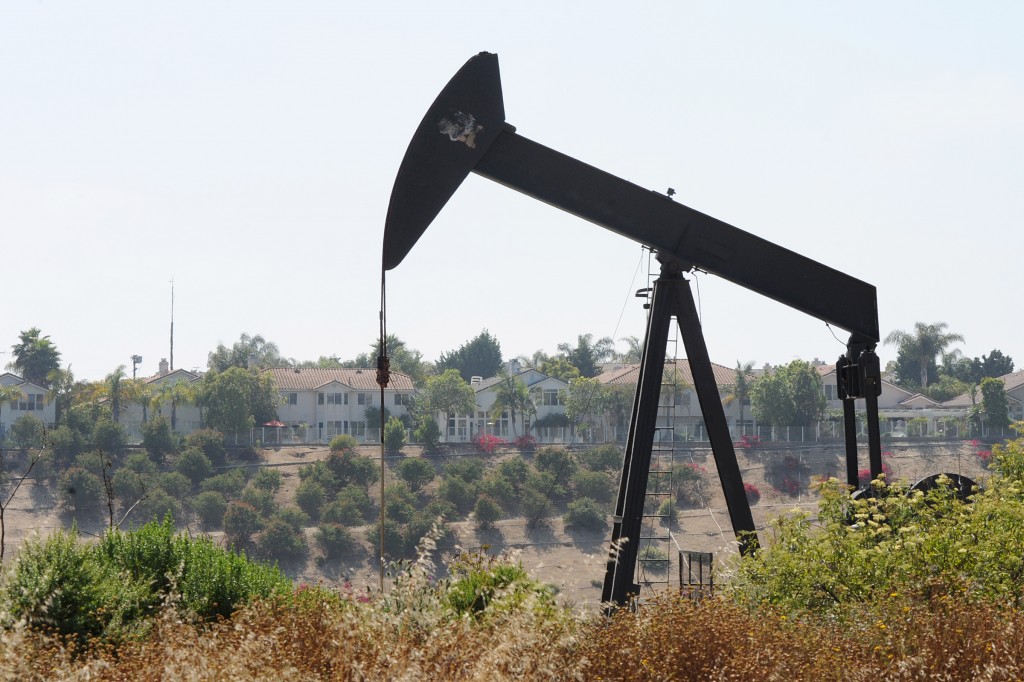
Inglewood oil field LAcounty.gov
Earlier this year, Culver City published the first amortization study that would grant the city council authority to consider phasing out oil drilling in the city. On August 13, the city council unanimously directed staff to develop a framework and timeline for the phase-out of active oil wells and begin the just transition for well remediation and beneficial reuse of the site, which is Culver City's 78- acre portion of the Inglewood Oil Field.
The victory was possible after many years of organizing by frontline Culver City residents and by David Haake of the Sierra Club Angeles Chapter Clean Break Committee. "David has been having monthly community meetings . . . for close to a decade on this issue," observes Monica Embrey, Associate Director of the Sierra Club's Beyond Dirty Fuels Campaign.
Over one million people live within five miles of the Inglewood Oil Field, the largest urban oil field in the nation, stretching across Culver City and the mostly African American neighborhood of Baldwin Hills. For decades, residents have called on local and state elected officials to strengthen health and safety protections from industrial oil operations near their homes, schools, and parks. Damon Nagami, a senior attorney with the Natural Resources Defense Council, points out that, "Culver City's leadership is showing other local governments how to start a just and equitable transition from dirty fuels and toward clean energy."
Working together, frontline communities can fight for environmental justice and sometimes win. Shortly before his death, John Lewis, civil rights icon and 17-term Congress Member, wrote: "Democracy is not a state. It is an act . . . Ordinary people with extraordinary vision can redeem the soul of America by getting in what I call good trouble, necessary trouble."
So here is the invitation: Opportunities await. Go out and get yourself into some good trouble.
